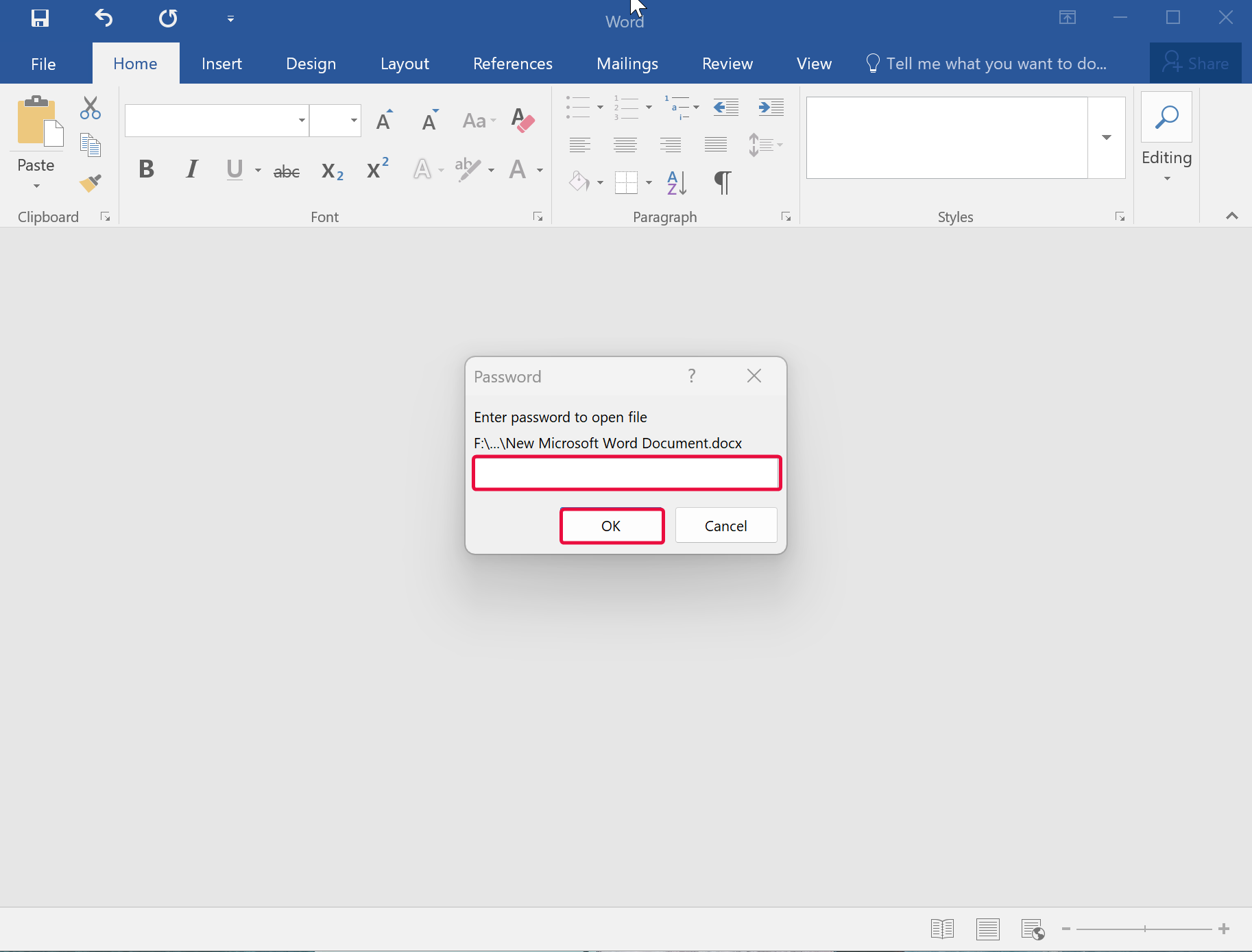Creating a password-protected Microsoft Word document is a simple and effective way to safeguard your sensitive information. Whether you’re working on confidential business documents or personal files, adding a password to your Word document ensures that only authorized individuals can access its contents. In this user-friendly guide, we will walk you through the step-by-step process of password-protecting your Microsoft Word document, helping you keep your data secure and protected.
How to Password Protect Microsoft Word Document?
Follow these simple steps to password-protect your Microsoft Word document:-
Step 1. Open the Microsoft Word document that you want to password-protect.
Step 2. Click on the “File” tab located at the top-left corner of the Word window. This will open the File menu.
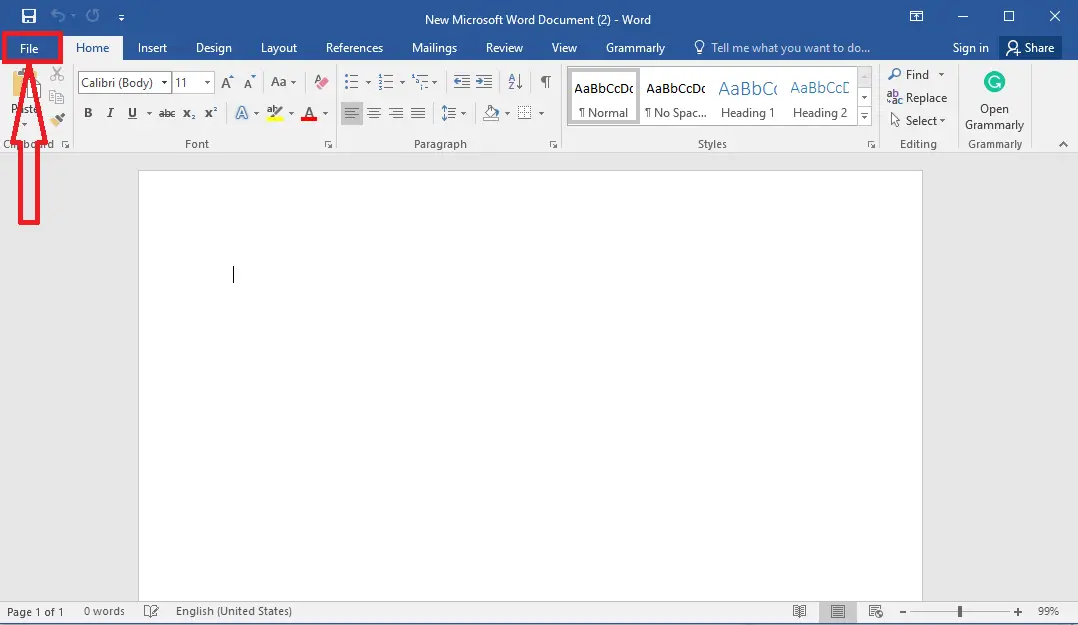
Step 3. In the File menu, select the Info tab in the left sidebar and then click on the “Protect Document” option. A drop-down menu will appear.
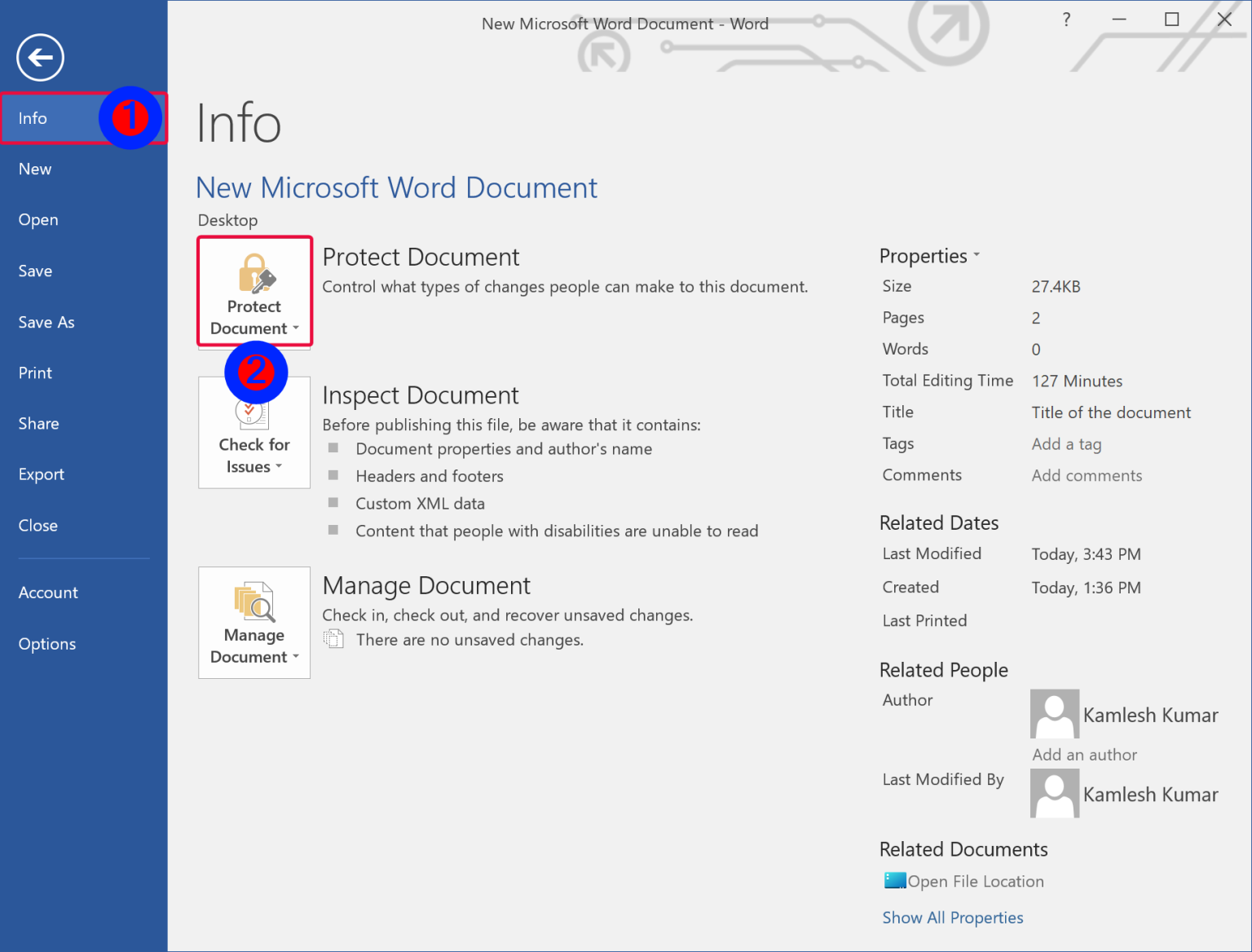
Step 4. From the drop-down menu, select the “Encrypt with Password” option. A dialog box will appear, prompting you to enter a password.
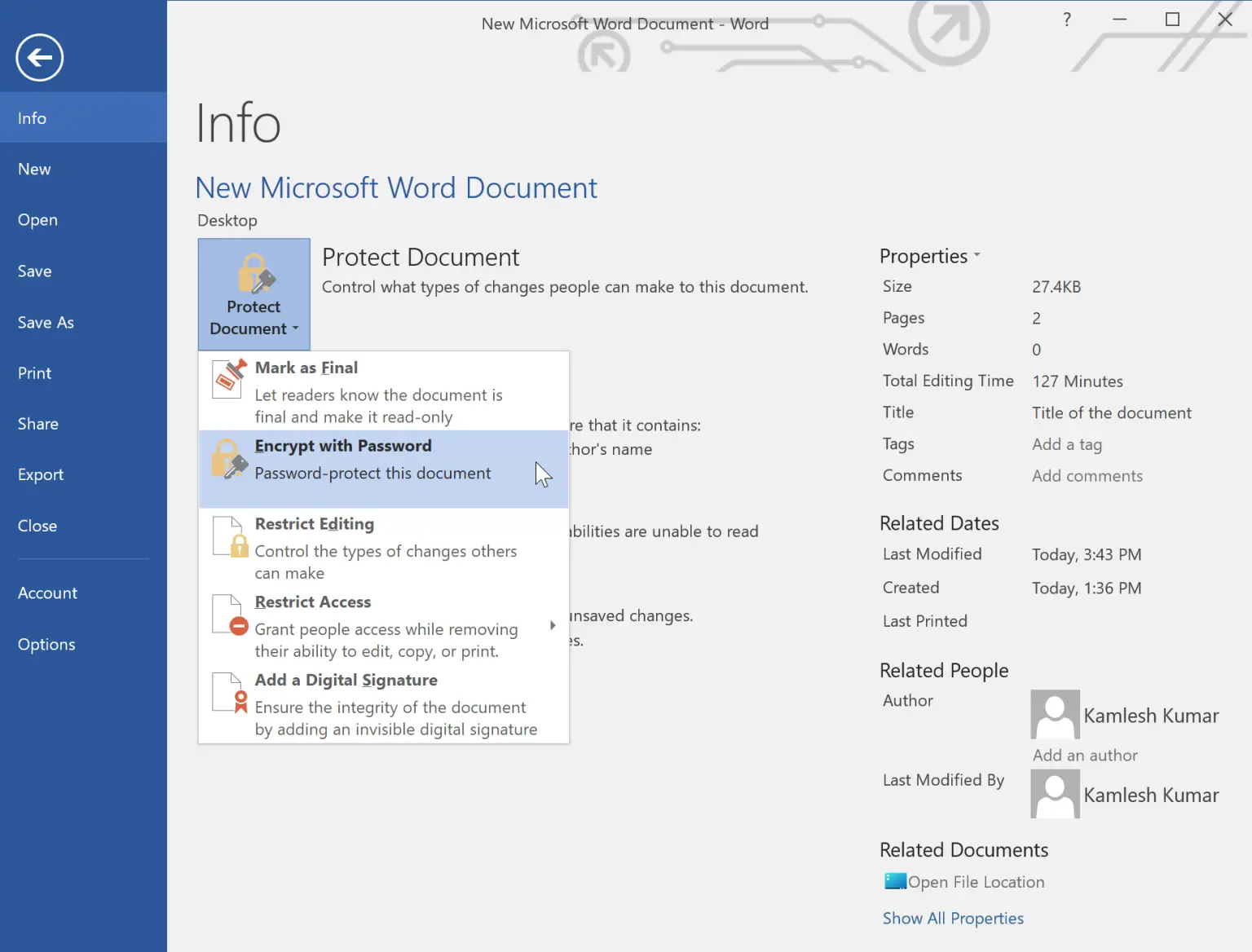
Step 5. Enter a strong and unique password in the provided field. Make sure to choose a password that is not easily guessable but is memorable to you.
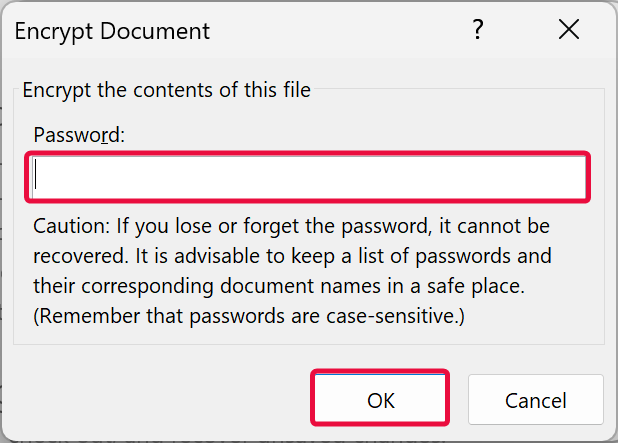
Step 6. After entering the password, click on the “OK” button. A dialog box will appear again, asking you to confirm the password.
Step 7. Re-enter the same password in the confirmation field and click on “OK.” Your Word document is now password protected.
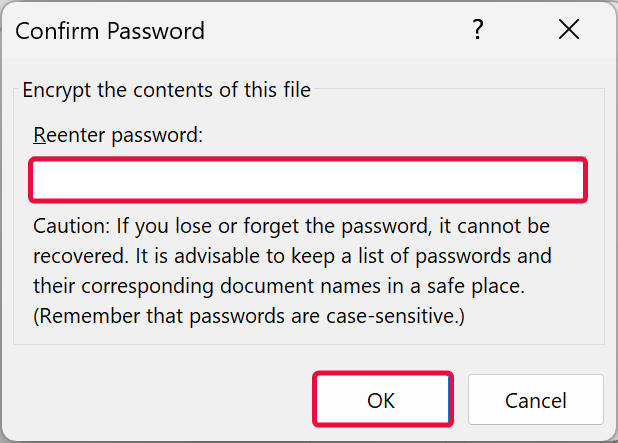
Congratulations! You have successfully password-protected your Microsoft Word document. From now on, whenever someone tries to open the document, they will be prompted to enter the password you set. It’s essential to keep the password secure and share it only with trusted individuals.
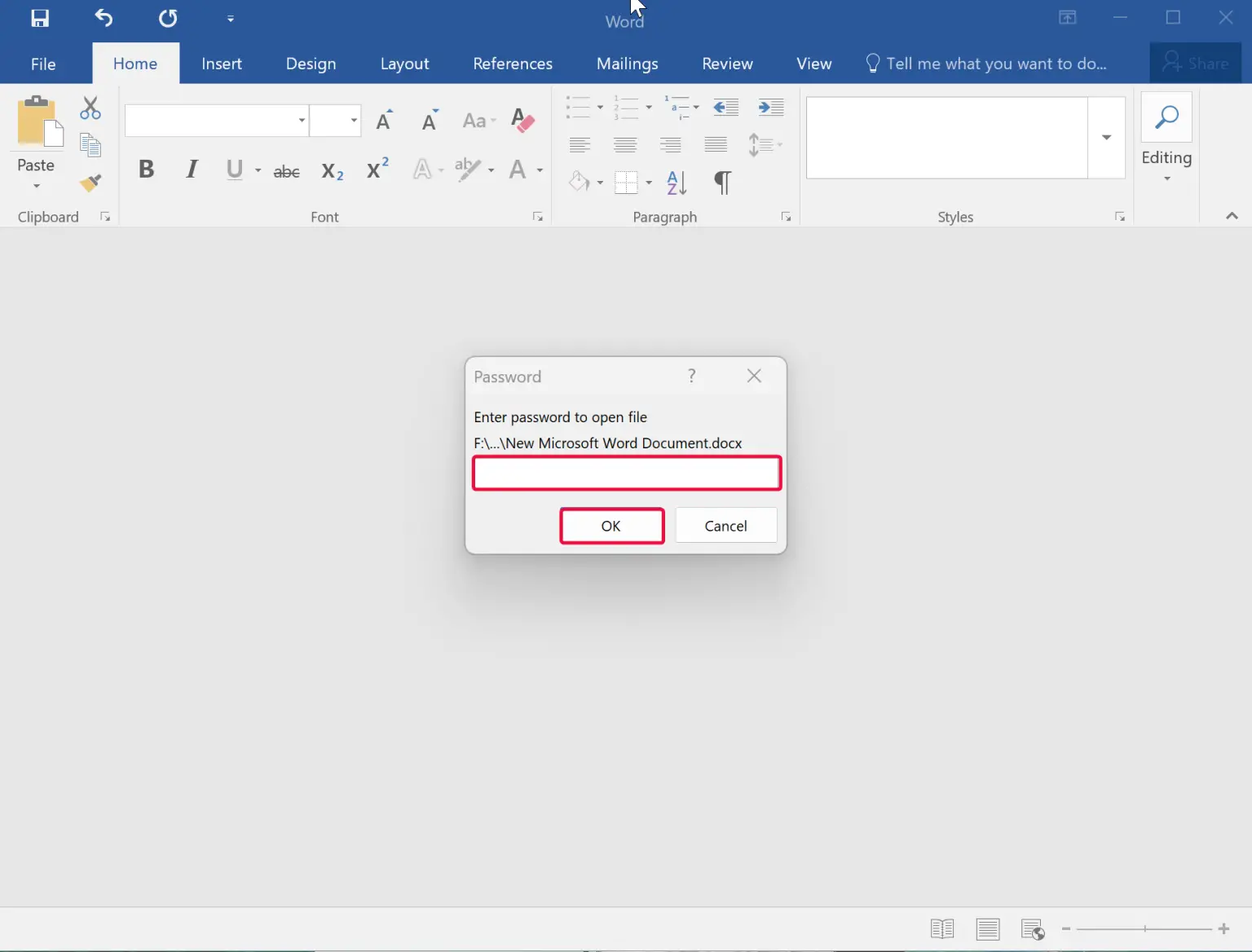
To test the effectiveness of password protection, close the Word document and reopen it. You will notice that Word prompts you to enter the password before granting access to the document. This extra layer of security ensures that only authorized users can view and modify the document.
Remember these important tips when password-protecting your Word documents:-
- Choose a strong password: Use a combination of uppercase and lowercase letters, numbers, and special characters to create a robust and unique password.
- Avoid easily guessable passwords: Stay away from common passwords, such as your name, birth date, or simple patterns.
- Keep your password confidential: Share the password only with trusted individuals who have a legitimate need to access the document.
- Don’t forget the password: Losing or forgetting the password can lead to permanent data loss. Consider storing the password in a secure location or using password management tools.
By following these user-friendly steps and implementing password protection for your Microsoft Word documents, you can have peace of mind knowing that your sensitive information remains safe and confidential.
Conclusion
Password protecting your Microsoft Word documents is a crucial step in ensuring the security and confidentiality of your sensitive information. By following the user-friendly steps outlined in this guide, you can easily add an extra layer of protection to your documents and control access to them. Remember to choose a strong password, keep it confidential, and store it securely. With password protection in place, you can have peace of mind knowing that your data is safe from unauthorized access.
